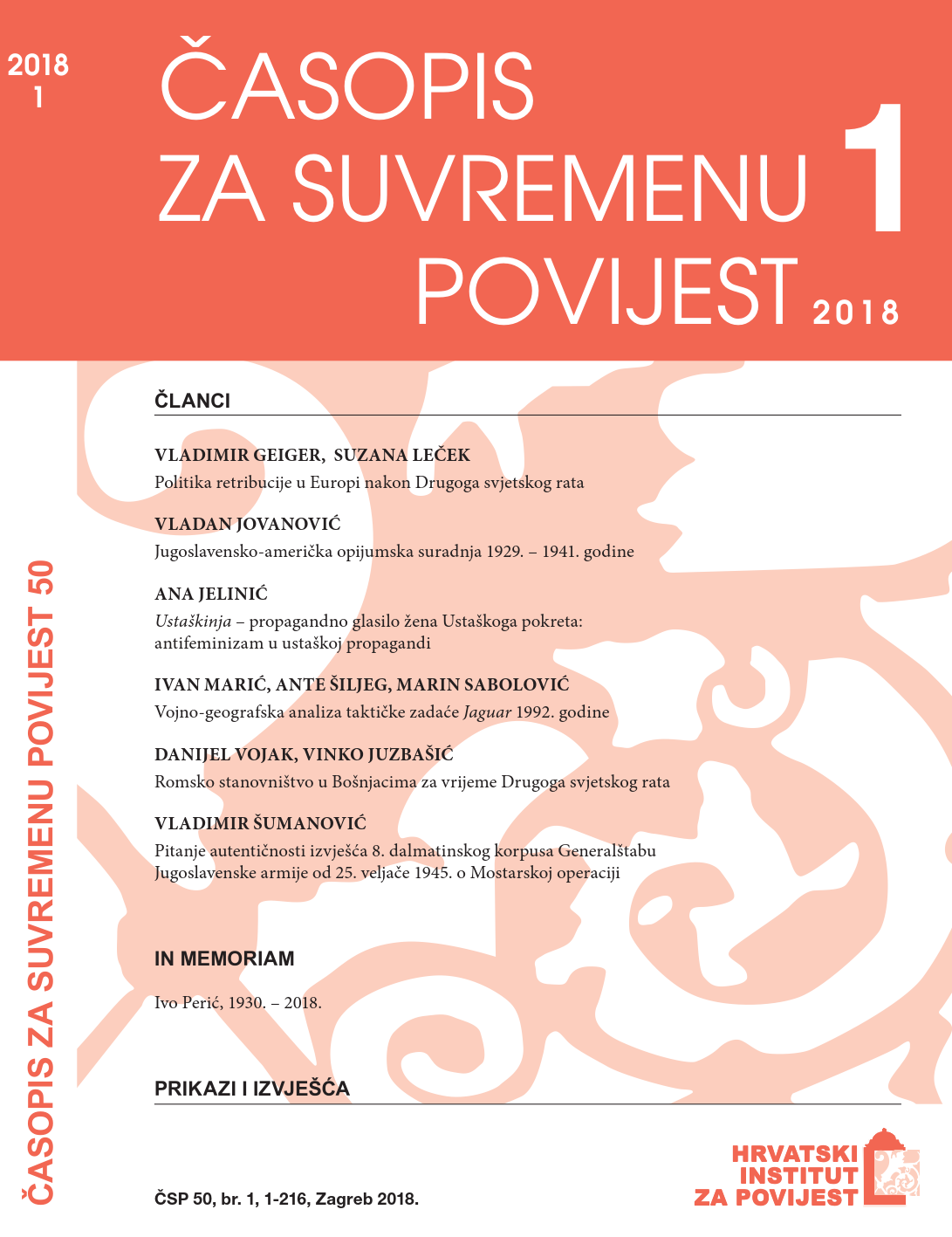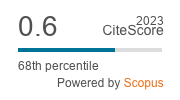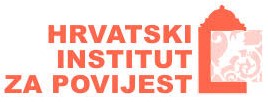Military-Geographic Analysis of Tactical Task “Jaguar” (1992)
DOI:
https://doi.org/10.22586/csp.v50i1.39Keywords:
tactical task “Jaguar”; Križ Hill; visibility analysis; 3D range domeAbstract
In this work, a segment of military-geographic analyses (visibility and range) for the position of Križ Hill in the context of the liberation of occupied parts of the Zadar area during the Homeland War (Croatian War of Independence) was carried out. Special emphasis has been put on tactical task “Jaguar”, which involved the liberation of the Hill from the aggressor’s (Serbian)
forces on 2 February 1992.
The digital elevation model EU-DEM (Digital Elevation Model over Europe) served as the basis for performing spatial analyses. The work methodology is based on the implementation of the ArcGIS for Desktop, Military Analyst extension, which created visibility models from Križ Hill and St Martin Hill. 3D range domes of weapons available to the enemy were created through visualisation of modern operative preparation methods by implementing the Range Dome tool within the ArcGlobe extension. The landscape was reconstructed by implementing visual techniques based on data exported using the method of controlled classification of multispectral LANDSAT records from August 1992. The specificity of the position, its geomorphologic characteristics, and the appearance of the wider area of the Križ Hill in that period, alongside performed visibility analyses, confirms the tactical importance of that location for the Zadar area. By liberating the Hill, several key goals that contributed to the stabilisation of life in the wider Zadar area were accomplished.
Use of GIS methods enabled the performing of geospatial analyses and visualisation of this significant tactical task in the context of the liberation of occupied areas of Croatia, which can increase our understanding of the importance of the mentioned tactical task.
Downloads
Published
How to Cite
Issue
Section
License
Copyright (c) 2018 authors and journal

This work is licensed under a Creative Commons Attribution-NonCommercial 4.0 International License.
Copyright holders are the publisher Croatian Institute of History and the authors. Journal of Contemporary History is an Open Access journal. Users are allowed to read, download, copy, redistribute, print, search and link to material, and alter, transform, or build upon the material, or use them for any other lawful purpose as long as they attribute the source in an appropriate manner according to the Creative Commons licence CC BY-NC. The papers published in Journal of Contemporary History can be deposited and self-archived in the institutional and thematic repositories providing the link to the journal's web pages and HRČAK. Journal does not charge article processing charges (APC). The editors assume no responsibility for statements of fact or opinion made by contributors.




